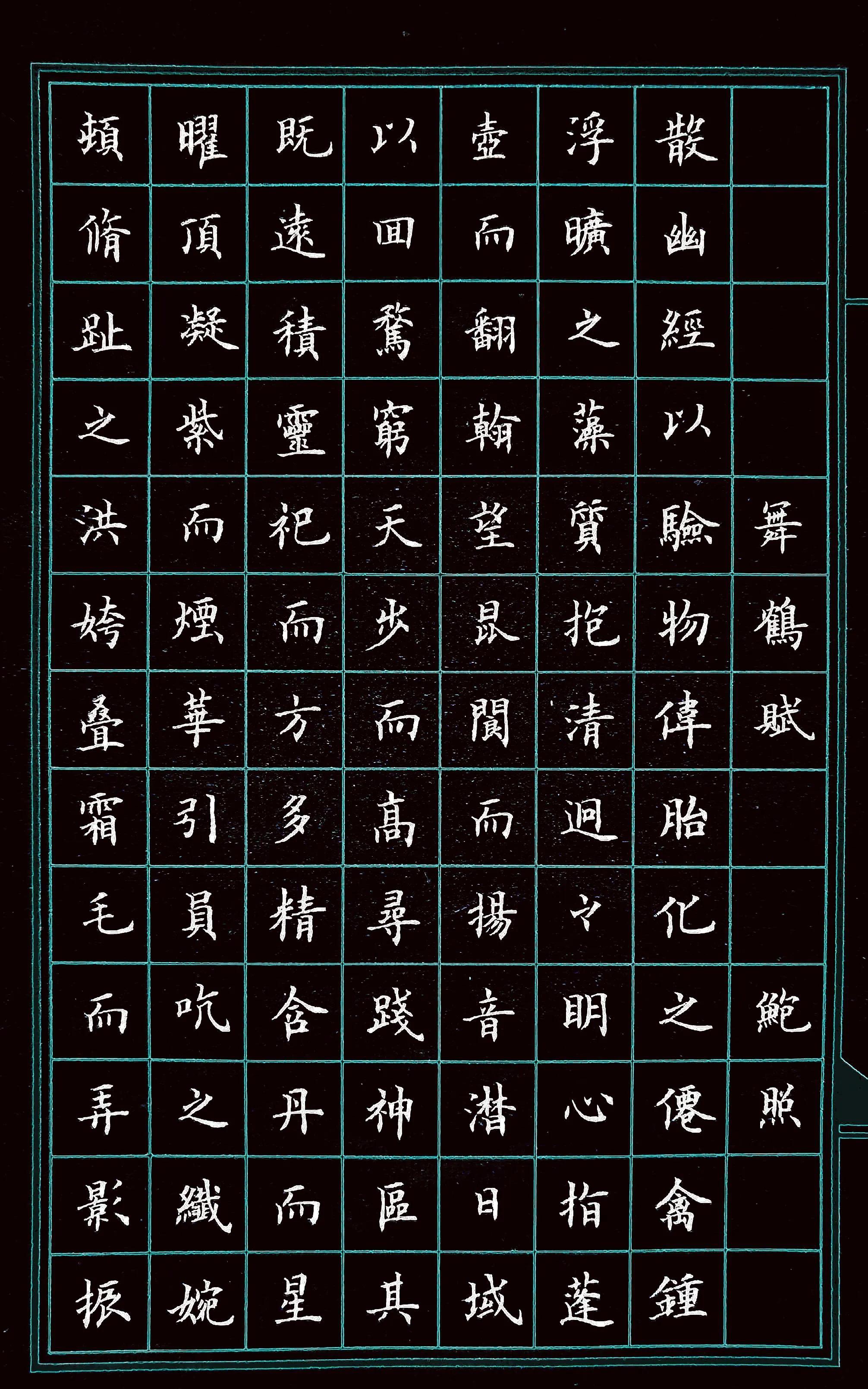In traditional Chinese culture, the status of the crane is unique and irreplaceable.
Cranes are often associated with gods, so they are called "cranes". It is a symbol of longevity, auspiciousness and elegance, and is also the most noble bird in the birds, people will be the crane spiritual, personified, using the white crane to compare noble character. The ancients often used the white crane with the style of a gentleman, comparing it to a virtuous person with noble character, and calling those who are self-cultivating and clean and sometimes praised as "crane singers", among which the more prominent crane lovers are Lin Kui of "plum wife crane".
It was the crane that was spiritualized and later became an official costume pattern, and in the Qing Dynasty only a civilian official could embroider a crane. In ancient times, there was a saying that cranes lived for a thousand years, so in ancient times, when children wished their elders for their birthdays, they often used cranes as the theme to worship Songhe calligraphy and paintings, named "Songhe Changchun" and "Crane Shou Songling" which means that the elderly are healthy and long-lived.
Cranes are also an important theme of poetry, and Liu Yuxi of the Tang Dynasty has "a crane in a clear sky and a crane on the clouds, which leads the poem to Bixiao." "The mythical story of the Yellow Crane Tower and Li Bai's "Yellow Crane Tower" are the organic fusion of the classic legends and poems of the crane.
This record of the Southern and Northern Dynasties Bao Zhao's "Maizuru Fu", with teachers and friends to eat.
